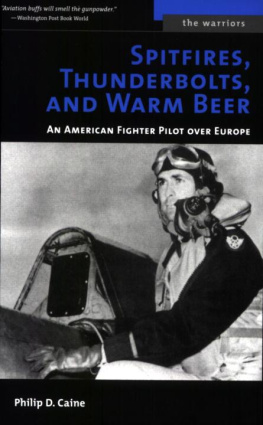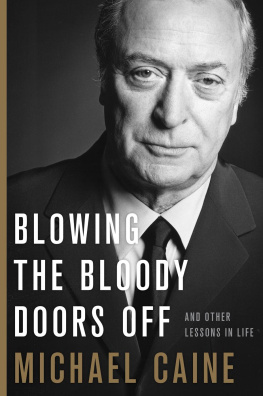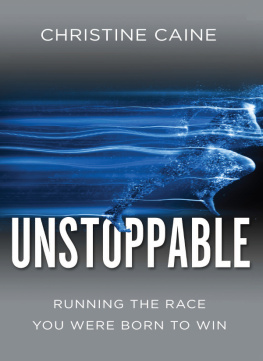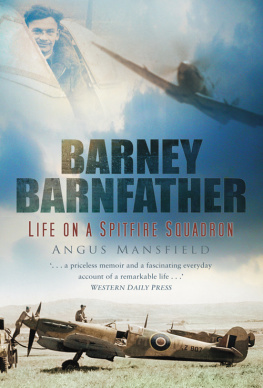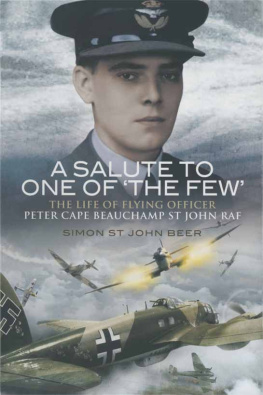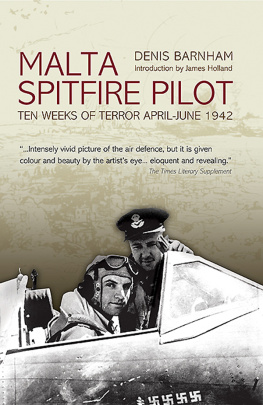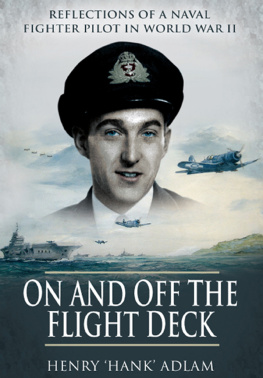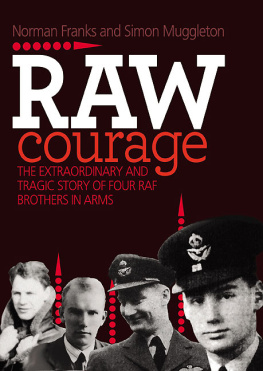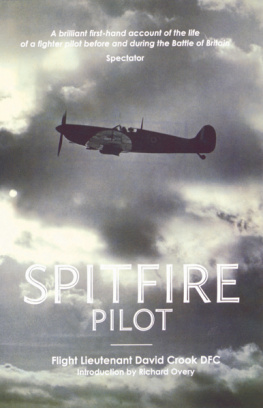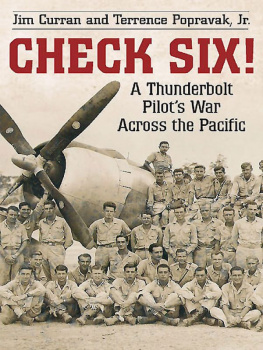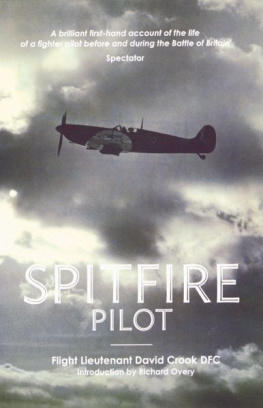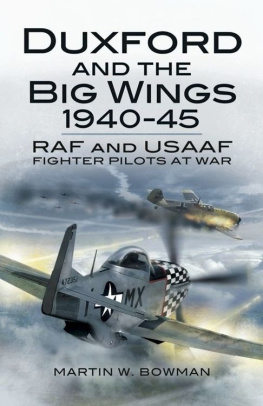Acclaimed books ahout combatants throughout history who rose to the challenges of war. Other titles in the series:
Gordon Prange, with Donald N. Goldstein and Katherine V Dillon
,Jungle ,Ice: Col. Gerald R. Johnson, the (.'S.'L-IF's lop Fighter Leader of the Pacific Ilia
John R. Bruning
William L. Smallwood
Robert 11. Patton
The Rogue's Alarch: John Riley and the St. Patrickl Battalion, I S46-4S
Peter F. Stevens
I ictory at Any Cost: The Genius of ! iet Nam's Gen. I o Nguyen Giap
Cecil B. Currey
William L. Smallwood
David E. Jones
Philip D. Caine





To Doris and Lee
CONTENTS
ix
xi
PREFACE
I FIRST MET LEROY GOVER ON SEPTEMBER 10, 1987, WHEN I interviewed him in connection with the research I was doing for my book American Pilots in the RAF (Brassey's, 1993). I sought him out because Major General Chesley Peterson, the leader of the American Eagle S,luadrons, had told me that Lee was one of the best combat leaders he had ever known and would answer my questions and tell his stories without any exaggeration or attempt to make himself a hero. On the occasion of our first visit, I was struck by Lee's quiet and engaging personality, his forthright comments about his place in World War II, his sense of history in having kept a daily diary, and that of his mother in saving all the letters he wrote home. I put the idea of writing a book about this quiet air leader's experiences in World War II in the back of my mind.
Because he is such a modest individual, Lee was initially reluctant to have his story told. But we were able to convince him that it was people like himself who were responsible for our victory in World War II and that his story would tell others of the challenges and life of a fighter pilot in that war. Since I began work on this book I have been in almost weekly contact with Lee, and he has read the entire volume many times. Because of this, I am confident that it is accurate, unlike many books that are written to glorify the accomplishments of the subject.
This, then, is the story of LeRoy Gover, an American fighter pilot in England during the first nearly two and a half years of World War 11. 1 have been fortunate to have access to Lee's diary, which has an entry for almost every day from November 3, 1941, the day he began his journey to England to fly for the Royal Air Force, through March 12, 1944, the day he arrived back in San Carlos, California. I have reproduced his diary entries just as he wrote them. In addition, I have used his flying log books, the letters he wrote to his parents and sisters during his time in Europe, a number of accounts of incidents that he wrote after the war, and my notes from many hours of personal interviews. The quotations of Lee in the narrative are from these sources.
This book was written primarily with the help of only two people, Lee Gover and my wife, Doris. They read and reread the drafts, made valuable suggestions, and ensured that it all made good sense. Lee had a number of his friends read the manuscript, and, although I don't know them, they have my thanks. I also appreciate the insights I gained from Lee's sisters, Juanita and Betty. As always, the facilities of the Air Force Academy library were made available to me, and I appreciate that. Finally, a special word about the role of my wife, Doris. She willingly accompanied me on all of my interview trips and spent countless hours patiently taking notes to back up my tape recordings. Time and again, she asked the critical question that I either hadn't thought of or forgot and that made the interview a success. And I really think that it was her charm that won Lee's approval of my writing the hook. She read every draft, made the tough comments, and provided the encouragement and patience that are essential to the success of any hook.
Monument, Colorado
May 1994
INTRODUCTION
ON JUNE 22, 1940, NEWSPAPER HEADLINES AROUND THE WORLD blared that France had surrendered to the German onslaught. Europe, it seemed, was on the verge of complete domination by Hitler. England stood alone as the obstacle to the fulfillment of the Fiihrer's misguided dream. Hitler evidently hoped that England would see the futility in her position and come to terms. But Britain's dynamic Prime Minister, Winston Churchill, had other ideas. He eloquently told the Germans and the world: "... we shall fight on the beaches, we shall fight on the landing grounds, we shall fight in the fields and in the streets, we shall fight in the hills; we shall never surrender."
Less than a month later, on July 16, 1940, Hitler issued orders for Operation Sea Lion, the invasion of England. To succeed, Germany had to control the air over the Channel. Standing alone to face the German onslaught of over 2,500 aircraft were the fewer than 1,500 planes of the RAF. The result was the Battle of Britain. On August 13, 1940, "Eagle Day," the Luftwaffe launched the attack that was intended to drive the fighters of the RAF from the skies. Almost every day, for nearly three months, waves of German aircraft attacked targets ranging from airfields and radar installations to ports and the populace of London. And every day the Hurricanes and Spitfires of the Royal Air Force took to the skies to oppose the superior German force. In the end, Hitler had to postpone his invasion of England-as it turned out, forever. With his usual style, Churchill echoed the mood of all of England in saying: "The gratitude of every home in our island, in our Empire and indeed in the world, goes out to the British airmen. Never in the field of human conflict was so much owed by so many to so few."
Stopping Hitler took a terrible toll on the RAF. Over 400 fighter pilots were killed and another 350 wounded-more than half of the force. Since no one knew just what the Luftwaffe's situation was or when the onslaught might resume, England was in desperate straits for pilots. And while the various members of the Commonwealth were furnishing all they could, the shortage remained. The one major untapped source was the neutral United States. How to get American pilots into the RAF pipeline was a problem which, fortunately, had been addressed even before the war began.
In 1939, a Canadian war hero and air power visionary, Air Marshal Billy Bishop, took upon himself the task of finding a way to provide American pilots for both the British and Canadian forces in the event of another war. In September of that year, Bishop contacted a fellow World War I flier and well-known American aviation artist, Clayton Knight, and asked him to devise a system that might enable American pilots to become members of the British forces. Knight responded by formulating a plan that was implemented in the spring of 194)), as Hitler invaded Belgium. Denmark. Norway. Holland and Luxembourg.

